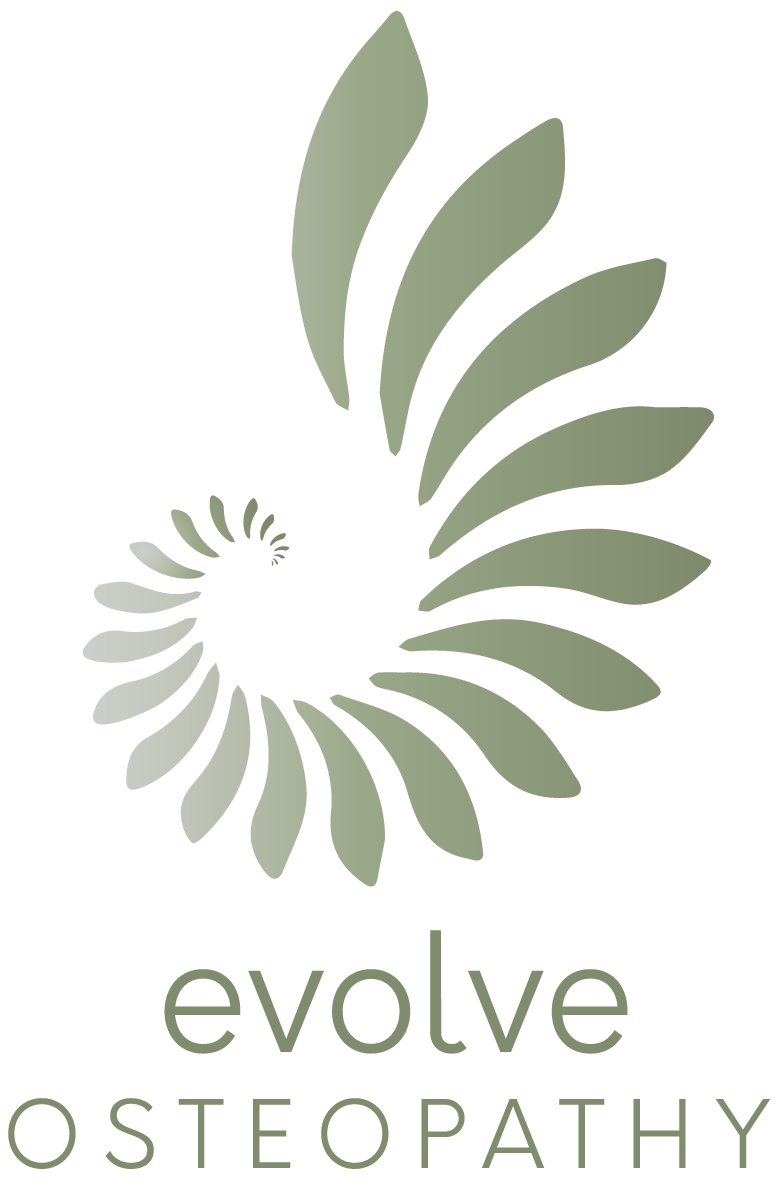Tensegrity and Osteopathy are two concepts that may seem unrelated at first glance, but they are closely intertwined when it comes to understanding the human body and promoting optimal health. Tensegrity refers to a structural principle that describes how interconnected elements within a system work together to create stability and movement. Osteopathy, on the other hand, is a holistic approach to healthcare that focuses on the body’s musculoskeletal system and its role in overall well-being.
Understanding the Principles of Tensegrity
Tensegrity is a term coined by architect Buckminster Fuller to describe structures that maintain their shape through the balance of tension and compression. In a tensegrity system, the elements (such as bones, muscles, and connective tissues) are arranged in such a way that each part relies on the others for support and stability. This interconnectedness allows for efficient movement while minimizing strain on any one component. In the context of the human body, tensegrity explains how our bones, muscles, and fascia work together to maintain posture, facilitate movement, and distribute forces evenly.

The Role of Tensegrity in Osteopathic Treatment
Osteopathy is based on the principle that the body has the innate ability to heal itself when it is in proper alignment and balance. Osteopathic practitioners often use manual techniques to manipulate the musculoskeletal system and promote optimal function. By applying the principles of tensegrity to their practice, osteopaths are able to address not just isolated symptoms, but the underlying structural imbalances that may be contributing to a patient’s discomfort or dysfunction. By considering the body as a dynamic tensegrity system, osteopaths can work to restore balance and improve overall health and well-being.
Benefits of Applying Tensegrity in Osteopathy
By incorporating the principles of tensegrity into osteopathic treatment, practitioners are able to take a more holistic approach to healthcare. Instead of focusing solely on isolated areas of pain or dysfunction, osteopaths can address the body as a whole interconnected system. This approach can lead to more effective and long-lasting results, as it addresses the root cause of the issue rather than just treating the symptoms. By promoting balance and harmony within the body’s tensegrity system, osteopaths can help patients achieve better posture, movement, and overall health.
Conclusion
In conclusion, tensegrity and osteopathy are complementary concepts that offer a deeper understanding of how the human body functions and how it can be effectively treated. By recognizing the interconnectedness of the body’s elements and applying tensegrity principles in osteopathic practice, practitioners can help patients achieve optimal health and well-being. Whether addressing chronic pain, injuries, or other musculoskeletal issues, the integration of tensegrity into osteopathic treatment can lead to more holistic and sustainable outcomes for patients.

